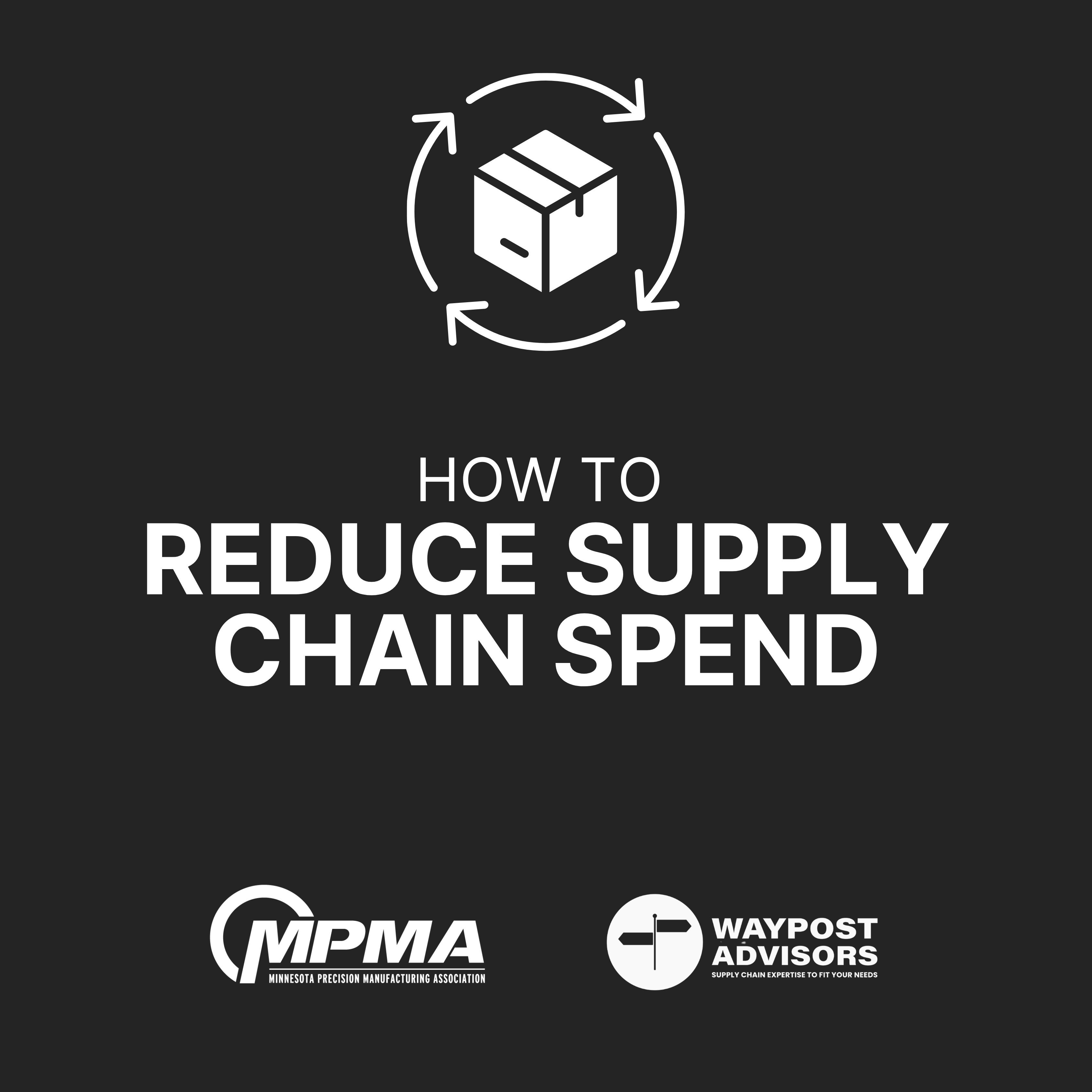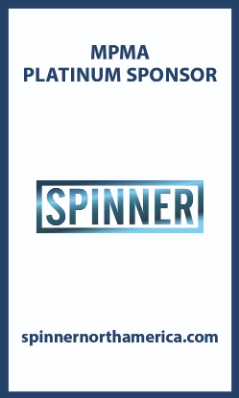
How to Reduce Supply Chain Spend
Using the CI Methodology to seek new opportunities for improvement.
By Waypost Advisors
A supply chain continuous improvement program should be able to identify and drive improvements to costs (materials, transportation, storage), non-value-added work (human capital optimization),
the use of cash (inventory), and service
to customers.
There is generally untapped cost- reduction opportunities in supply chain, considering the cost-impacts within material cost, transportation cost, warehousing cost, overhead (people) cost, and variable production cost. These costs are not always easily visible so a CI program should focus on gathering information to summarize total supply chain spend as well as the value of opportunities to improve.
CI Methodology for Supply Chain
- Lean: Many supply chain issues are rooted in process, data integrity, information flow, communication, decision-making, or roles/ responsibilities. There generally isn’t enough of the right data to identify variability in the process for six-sigma to be effective.
- TIMWOODS: TIMWOODS stands for transportation, inventory, motion, waiting, overproduction, overprocessing, defects, and skills. Looking for opportunities to reduce non-value-add time, activities, transactions, or money spent is the most effective approach. Optimized headcount utilization, reducing the need for inventory, and purchasing tactics that leverage discounts whether over or under-stocked. There is an optimal inventory range for all SKUs – see next spread.
- Purchasing: There are ways to better manage buying to garner better-pricing. Strategically managing suppliers (when they are strategic), leveraging buying groups, order quantities that get discounts, payment terms that get discounts, etc.
- Planning: Supply Chain Planning is the process/tool that is used to reduce variability in the end-to-end supply chain. This allows for optimal inventory levels, better labor planning, better machine uptime (due to better-managed maintenance), and optimized capacity utilization. Improvements in Planning (communication is a big part of this) will drive improvements in supply chain performance.
Key Metric Areas
We recommend 3 key metric areas for any supply chain. There are many sub-metrics within these areas that can be selected based on the strategic and tactical objectives for the company.
Service: This is how you define service to your customers. The most useful is OTIF (on-time in-full) as it will drive stocking levels in a statistical calculation. But you may also use a customer satisfaction coefficient, customer retention, perfect order index, etc.
Cost: It is important to measure supply chain costs over time in order to understand where there are opportunities to improve. Also ensuring that your material and transportation/logistics costs are keeping pace with the market rates is important (so you’re not over- paying). Cost of materials, services, indirect materials, transportation services, storage (warehousing), technology subscriptions, and overhead (SG&A) are very important to ensure you understand and control your supply chain costs.
Cash: This refers to the working capital tied-up in order to purchase and produce inventory. It can be measured in a variety of ways:
- Cash Conversion Cycle:This is how many days your money is “tied-up” before you get paid by customers.
It consists of your Days Payable Outstanding (DPO), Days Inventory Outstanding (DIO), and Days Sales Outstanding (DSO). The lower this number, the better. - Days of Supply: this is a volumetric that shows how many days of forecasted demand you have in inventory.
- Turns: How many times per year your inventory is turning (this is a financial calculation so use in tandem with Days of Supply if your inventory value changes frequently).
Optimal Inventory Analysis Example
Optimal inventory means the target range of stock (min/max) to hold that maximizes service to customers (target OTIF %) and minimized working capital investment (money tied-up in inventory).
This can be statistically set (a confidence interval) by using the TRLT, Forecasted demand in the TRLT, TRLT variability, demand variability in TRLT, and target service level.
This is a data-driven, statistical calculation based on actual business inputs. It can be used to understand the optimal targets and, more importantly, why those targets are not achieved – whether it’s due to too much or too little inventory. From there, root-cause analysis and corrective actions can be performed to get inventory levels back into focus.
Additionally, optimal inventory analysis can be used to create scenarios that allow you to see how your needs for inventory (and cash to pay for it) will change based on changing operating parameters. What happens if your demand changes? What happens if you create efficiencies in production and your TRLT diminishes? What happens if you change your targeted service level to customers? Use this exercise to test your theories.
June 11, 2024




